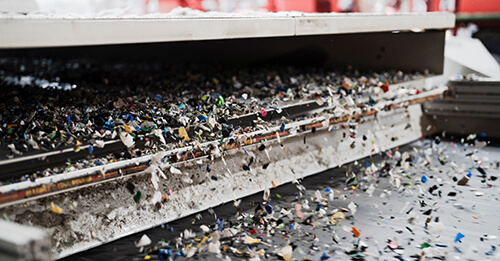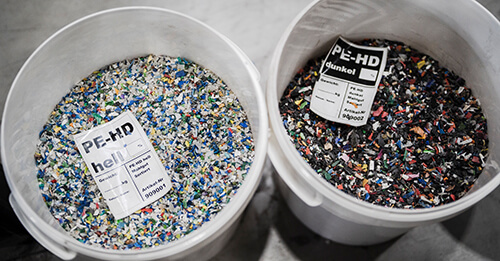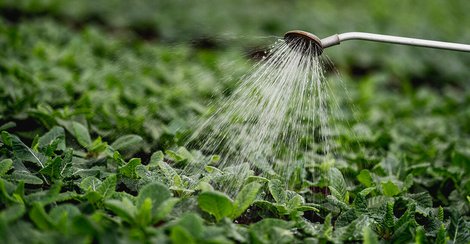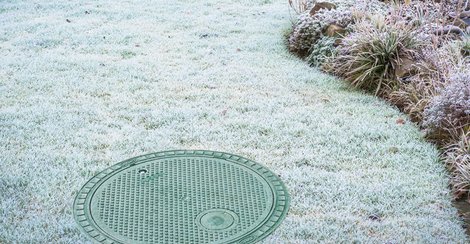Turning old into new - GRAF on World Recycling Day
World Recycling Day? We've been recycling for a long time anyway...
World Recycling Day is celebrated on March 18. The aim of this day of action is to raise public awareness of recycling and the reuse of raw materials and to give politicians food for thought. But let's start slowly: why is recycling so important anyway?
It's hard to believe: our garbage, which often disappears carelessly into bags and bins, contains hidden treasures that can be reused. Recycling is about bringing this waste back into a cycle. Raw materials and recyclables are thus given a second life and, conversely, resources and energy can be saved. But not only that, the environment and climate also benefit. Because instead of using up our planet's limited raw materials, recycling uses what is already there anyway - turning old into new. Practical. And sensible!

Not all recycling is the same
But not all waste is the same. While the recycling rates in Germany are 90 percent for glass and around 79 percent for paper, according to the Federal Environment Agency, it is more difficult to return plastic waste to the recycling loop, as the numerous types of plastic have to be separated. And this is a very time-consuming process. As a result, a large proportion of plastic waste still ends up as fuel in waste incineration plants. In Germany, for example, only around 16 percent of all plastic waste was recently recycled. Worldwide, the rate is no more than 10 percent.
GRAF is a pioneer
At GRAF, however, things are very different. We give great importance to environmental protection, as can be seen from the fact that we already cover 70 percent of our plastic requirements with recycled raw materials. By 2023, this figure is set to rise to 80 percent. We produce the high-quality recyclates required for our products ourselves at our competence center in Herbolzheim. In this way, ordinary recyclable waste, for example from the yellow bag, is turned into sustainable products for rainwater management. From yoghurt pots or shampoo bottles, so to speak. Therefore, double sustainability is better.

The quality of plastic sorting exceeds the standard. The Federal Environment Agency has therefore supported us in our project with funding. "The example of GRAF shows how important it is that the design of plastic products made from recycled material and the recycling process to produce the recyclates required for this are considered together," says the authority. In this way, we save 100,000 tons of CO2 emissions every year - that corresponds to the CO2 emissions of around 60,000 cars. Now we need more companies to follow our example.




